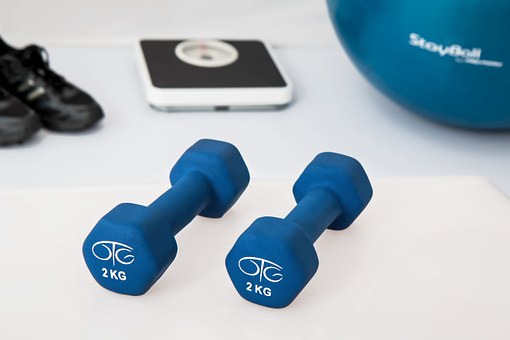
Fitness Goals, Motivation, and Happiness
Years ago I was a serious runner. I trained almost every day for a number of years. I was very much into the “Zen” of running. I loved the process, thinking about my form and enjoying that runner’s high. Then I decided to run in a marathon. I was so dedicated to this goal that I even continued my training while on a trip across the American Southwest. I have a wonderful memory of running along the bank of the Rio Grande River in Albuquerque. I have a great story about moving a large bull down a dirt road outside of Tucson to get back to the guest ranch we stayed at. But once I completed the marathon I found it very hard to motivate myself to continue running. This was because I was so focused on that achievement that I lost sight of the joy running brought to me each day. That brings us to today’s topic: The Hedonic Adaptation Prevention Model. What a mouthful!
The Hedonic Adaptation Preventive Model
Research has shown that happiness can increase after major life changes such as a new romantic relationship or a new job. Yet over time, the state of happiness returns to its previous level. It becomes difficult to stay involved.
This research resulted in the Hedonic Adaptation Prevention Model. The model helps us maintain higher levels of happiness derived from beneficial changes we make in our lives. The model has two components:
Surveying Happiness
Kennon Sheldon, professor of psychological sciences in the College of Arts and Sciences and Sonja Lyubomirsky of the University of California surveyed 481 people about their level of happiness:
Sheldon and Lyubomirsky then tested and confirmed their model for predicting whose boost had lasted. They found that most participants got used to the change that had made them happy in the first place. Their happiness faded because they kept wanting more. They raised their standards or stopped having fresh, positive experiences with the change. For example, they stopped doing new things with their partner and started wishing they were better than they were. A few were able to appreciate what they had and to work at having new experiences. These people maintained their happiness, rather than falling back where they started.”
Other Factors
Genetics and other factors play a role. Individuals have a certain “set-point” of happiness normally felt. Some tend to be effervescent while others are more subdued. Individuals vary in the range of their set point. The research shows how we can train ourselves to stay at the top of their possible range of happiness.
Sheldon noted that a therapist can help a person get from miserable to OK, but the study shows how we can take ourselves from good to great.
The Acquisition Addiction
Have you ever felt excitement over a new acquisition such as an automobile only to find weeks later that the thrill is gone? The best life has to offer seldom equates to new purchases. Although new possessions can boost happiness, the item must be experienced in a new way each day. We must appreciate what it brings to have any lasting effect on our happiness.
The problem with many purchases is that they tend to just sit there. They seldom keep on providing varied positive experiences. Also, relying on material purchases to make us happy can lead to a faster rise in aspirations. The acquisition of “stuff” can become addicting. Many purchases turn out to be quick fixes to feed our addiction.
The research suggests ways to reduce the ‘let down’ from those purchases. For example, if you renovate your house, take time to enjoy it and have many happy experiences in the new environment. Do not compare your new decor to the Joneses’.”
Finding Joy In The Process With IndyCore Fitness
Indycore Fitness takes these same concepts and applies them to the fitness work we do and the benefit we find in that work. First of all, we should appreciate that we are able to make the effort. Then we appreciate that we are able to reach goals and can continue onward. Celebrating the achievement is important but it is even more important to appreciate we are able to do the work in the first place and find joy in the process.














